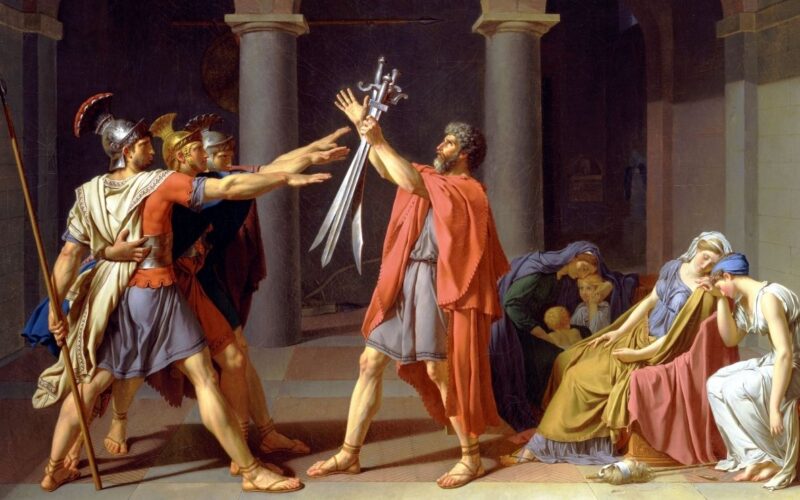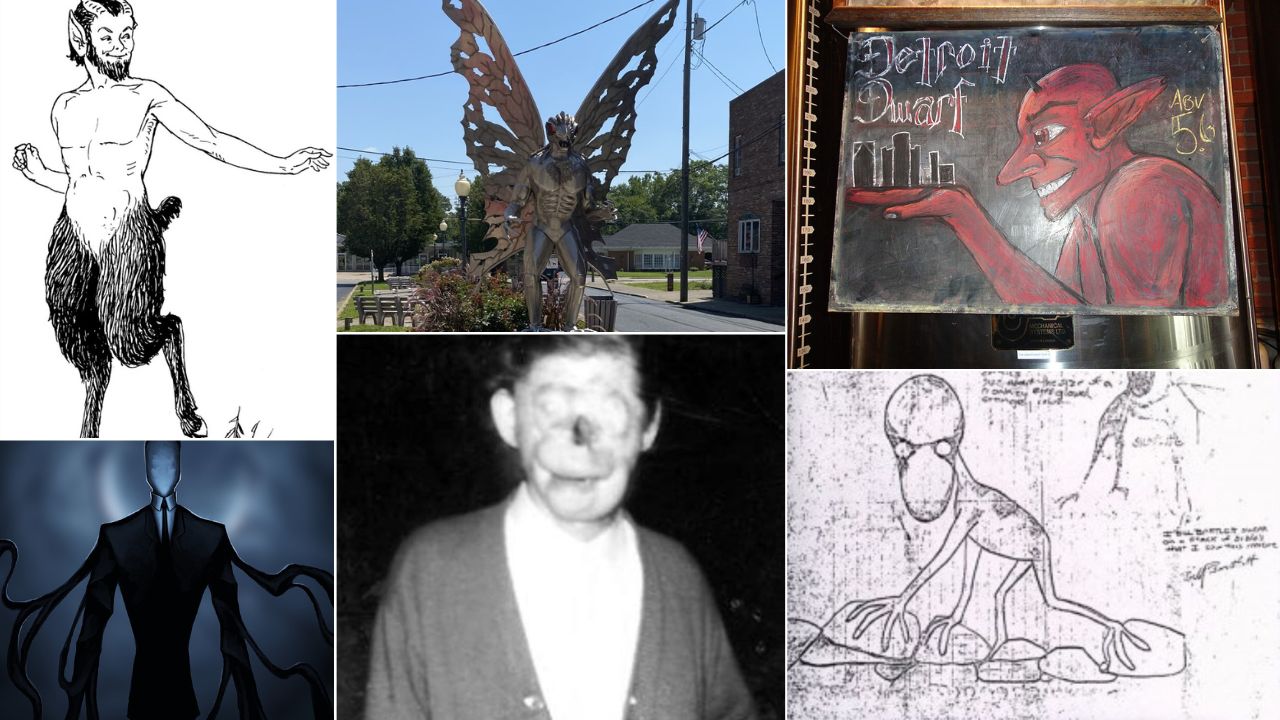Not everything we learned in school or saw in movies about history is true. Over time, facts have been lost, twisted, or oversimplified. Some of the biggest historical myths have shaped the way we view the past, even if they’re completely wrong. These 19 misconceptions have stuck around for years, quietly changing how we understand ancient civilizations, famous events, and the people behind them.
1. Vikings Wore Horned Helmets
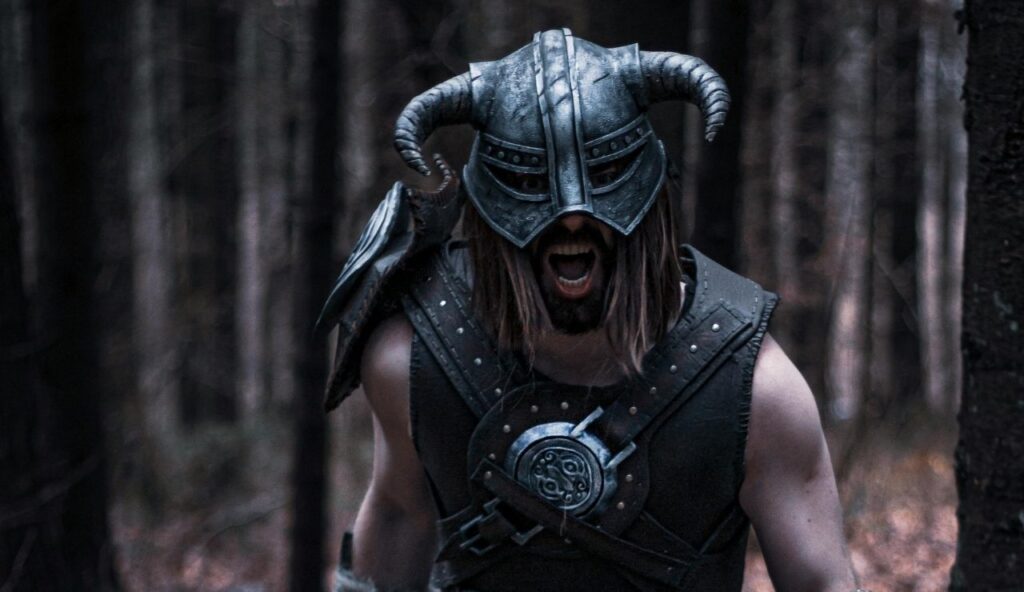
Despite what costumes and cartoons suggest, there’s no solid evidence that Viking warriors wore helmets with horns. This image became popular in the 1800s thanks to opera costumes and artwork. Actual Viking helmets were practical and horn-free, designed for battle rather than looks. The horned version may look dramatic, but it’s a modern invention, not a historical fact.
2. Napoleon Was Extremely Short
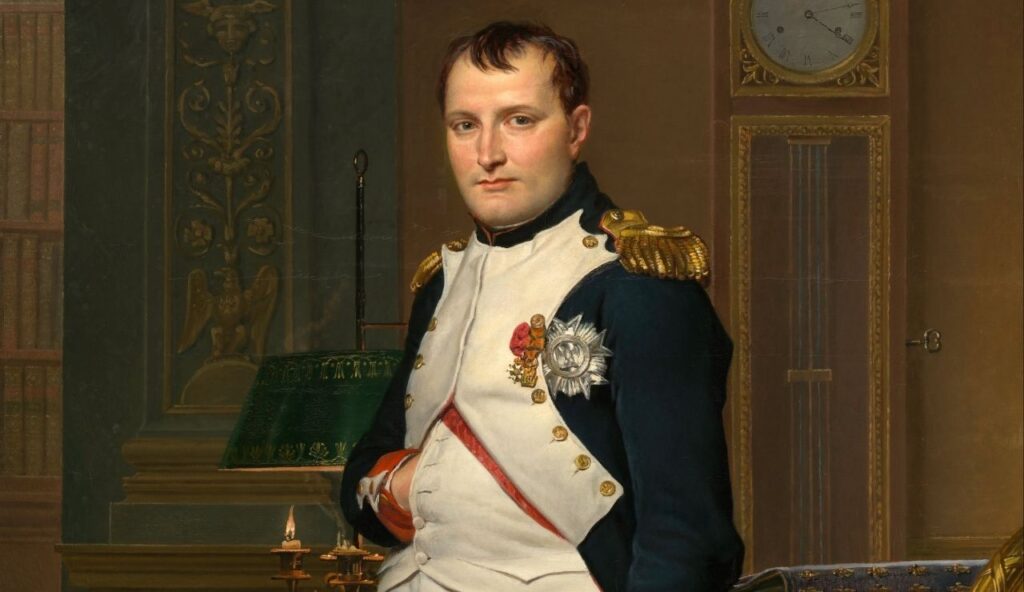
Napoleon Bonaparte is often described as having a major height complex, but records show he was around 5’6″, average for a Frenchman of his time. Confusion came from differences between French and British units of measurement. British propaganda also helped exaggerate his height to make him seem insecure and aggressive. The myth stuck, but it doesn’t match reality.
3. Medieval People Believed The Earth Was Flat
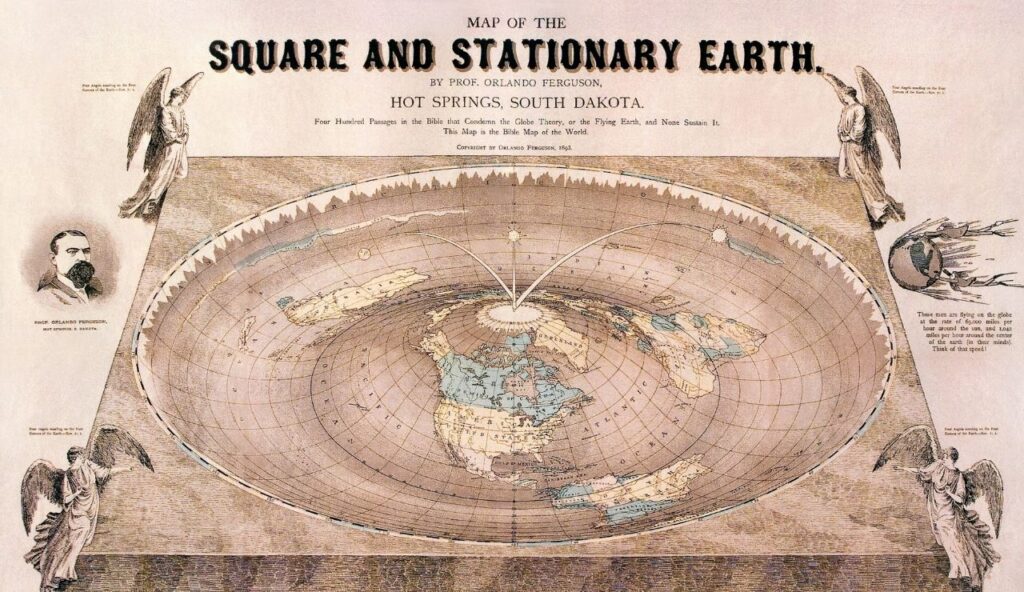
It’s widely believed that people in the Middle Ages thought the Earth was flat, but most educated individuals knew it was round. Ancient Greek scholars had already calculated its shape and size centuries earlier. The flat Earth idea became popular in later retellings, especially during debates about science and religion. The myth says more about modern misunderstandings than medieval thought.
4. The Pyramids Were Built By Slaves

Popular stories often show the Egyptian pyramids being built by masses of slaves, but archaeological evidence suggests otherwise. Many workers were skilled laborers who were well fed and housed near the construction sites. Some even received medical care. These builders took pride in their work. The slave narrative oversimplifies a complex and organized workforce from ancient Egypt.
5. Columbus Discovered America
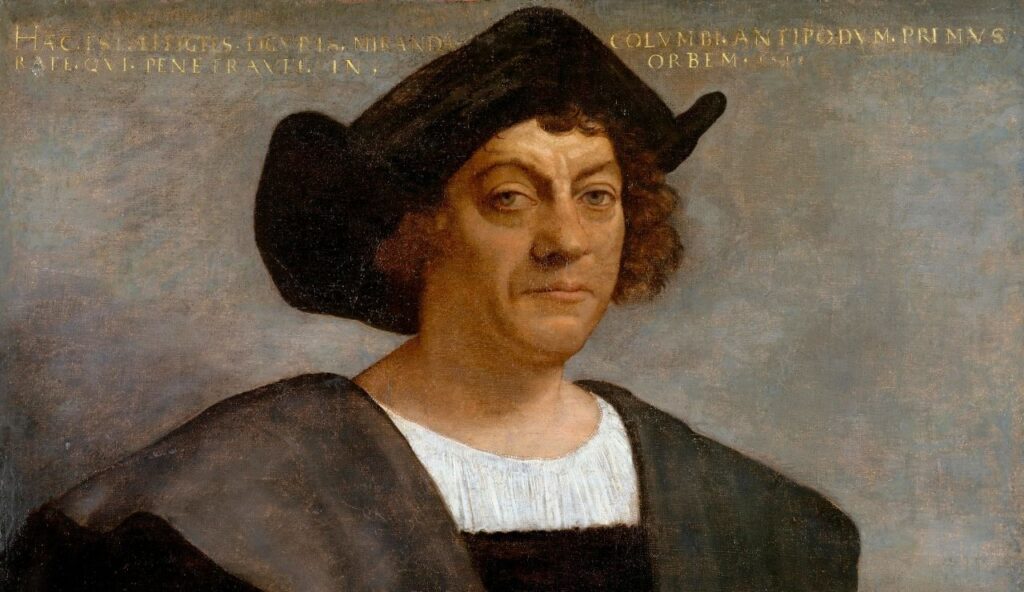
While Christopher Columbus did sail across the Atlantic in 1492, he never reached what is now the United States. Indigenous peoples had lived in the Americas for thousands of years, and Norse explorers reached parts of Canada centuries before him. Columbus did open the door to European colonization, but he didn’t “discover” a new world. That idea erases entire cultures and timelines.
6. Einstein Failed Math As A Student
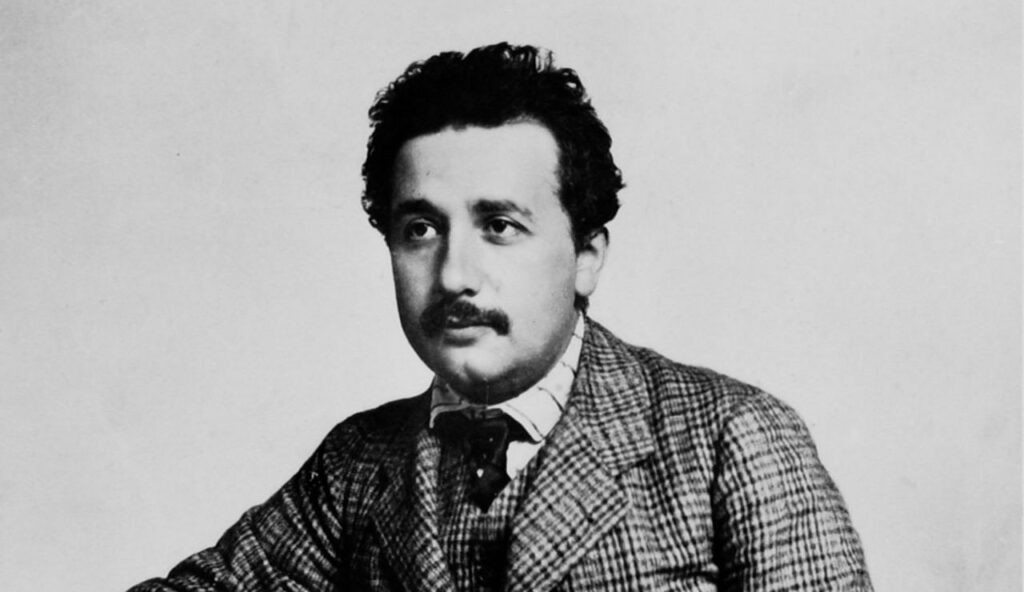
Many believe Albert Einstein was bad at math as a child, but he actually excelled in it. By age 15, he was solving college-level problems. The myth may have started from a misinterpretation of his school grades or a humorous quote he made later in life. Einstein struggled with authority and formal schooling, but not with numbers. His real story shows brilliance, not failure.
7. The Great Wall Of China Is Visible From Space

It’s a common claim that the Great Wall of China can be seen from space with the naked eye. In reality, it’s very difficult to spot without zoom lenses, especially from the Moon. The wall is subtle within the landscape and appears narrow compared to prominent man-made features such as city lights or highways. The myth likely stuck because it sounded impressive, not because it was true.
8. Marie Antoinette Said “Let Them Eat Cake”
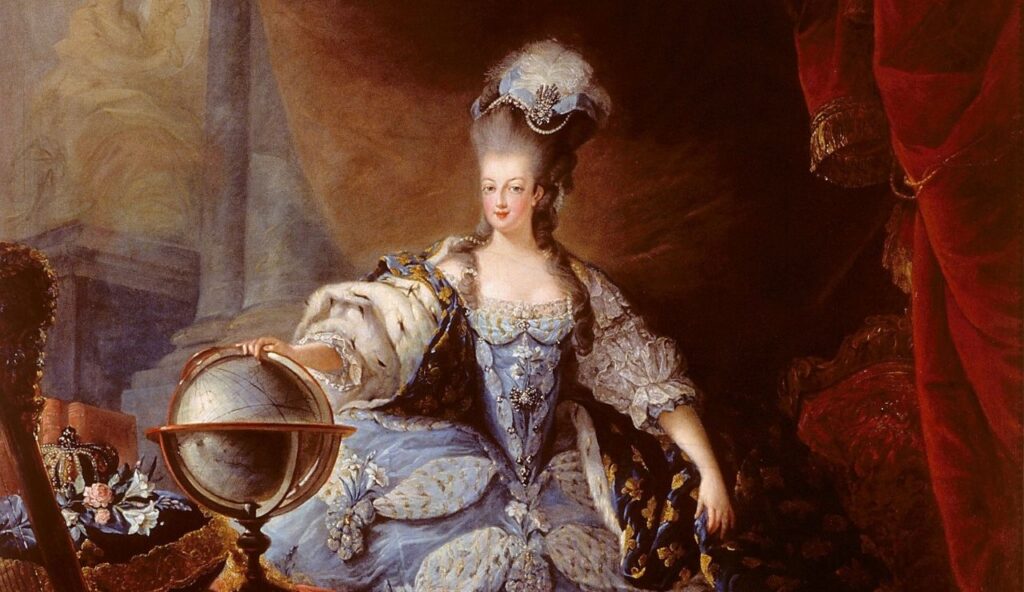
This quote is often used to show how out of touch she was, but there’s no proof she ever said it. The phrase appeared in earlier writings and was likely attributed to her after the fact to stir public anger. Historians believe it was used as propaganda during the French Revolution. The real Marie Antoinette was far more complex than the careless image painted by the line.
9. Witches Were Burned At The Stake In Salem
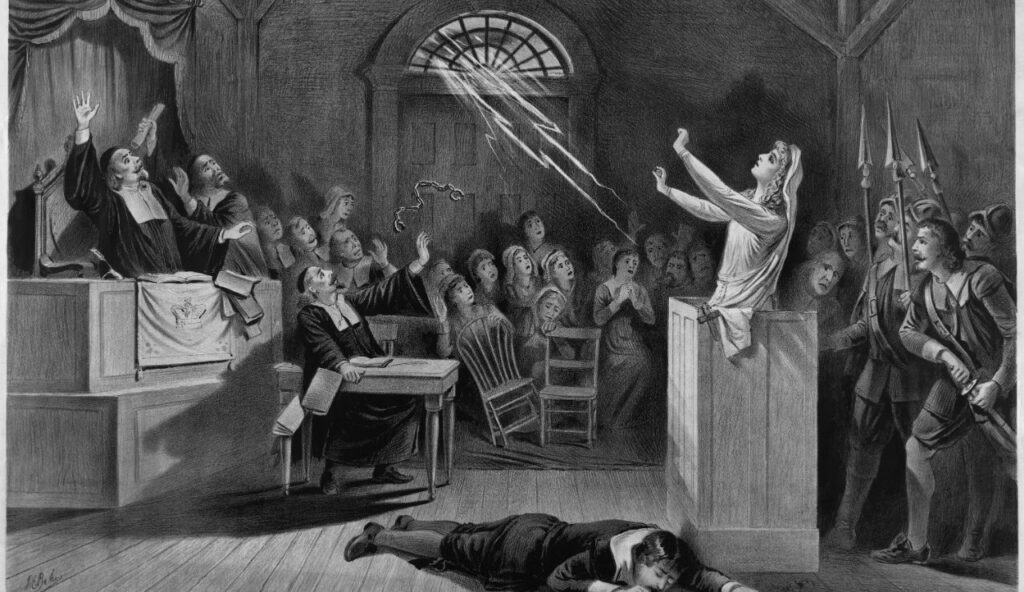
During the Salem witch trials, nineteen people were executed, but none were burned. They were hanged, and one man was pressed to death under heavy stones. Burning was used in Europe but not in colonial Massachusetts. This detail often gets mixed up in popular stories and films. Correcting it gives a clearer view of the tragic events that shaped early American fears and justice.
10. Gladiators Always Fought To The Death

Movies often show Roman gladiators fighting until only one survives, but that wasn’t always the case. Gladiators were trained professionals, and their owners had a financial interest in keeping them alive. Many matches ended when one fighter surrendered or the crowd showed mercy. Some did die, but constant death matches were not the standard. Entertainment had rules, even in ancient Rome.
11. Romans Always Wore Togas
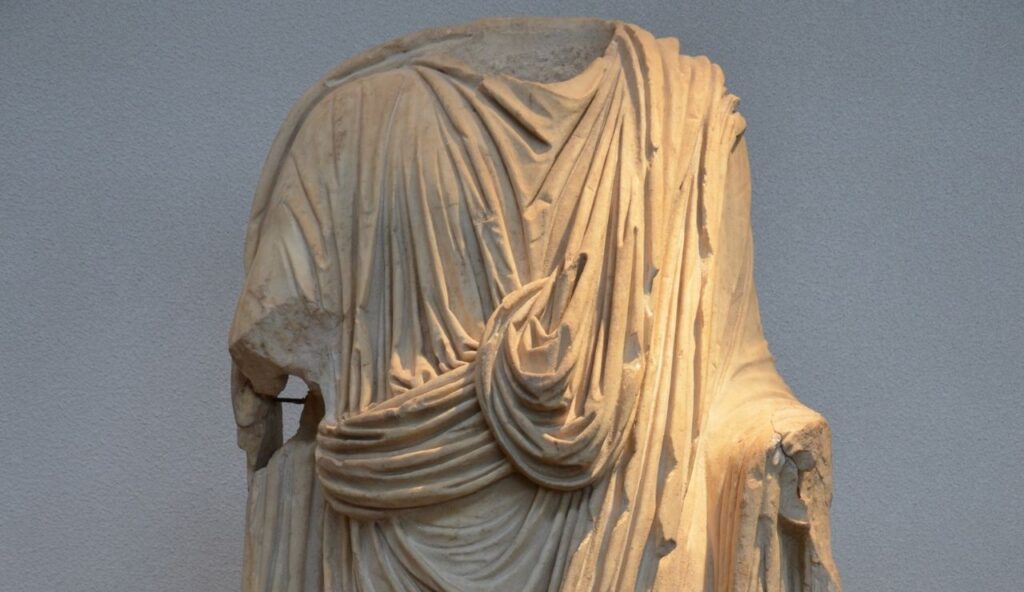
The toga is often shown as everyday Roman clothing, but most people rarely wore them. Togas were bulky, uncomfortable, and usually reserved for formal events or public office. Most Roman citizens preferred tunics, which were easier to move in. The idea that everyone walked around in togas comes more from Hollywood than from history books or actual Roman life.
12. Medieval People Never Bathed
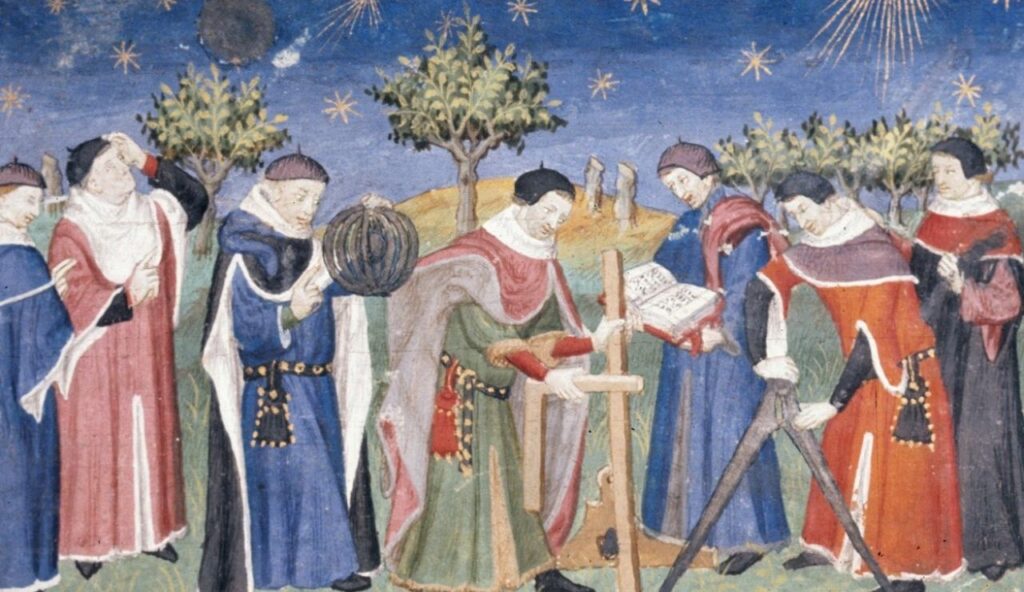
It’s often said that people in the Middle Ages were filthy and avoided bathing, but that’s misleading. Bathhouses were common in many towns, and cleanliness had both religious and practical importance. While hygiene declined during certain periods, especially after plagues, it wasn’t completely ignored. The image of dirty, unwashed peasants oversimplifies a diverse era.
13. George Washington Had Wooden Teeth

Washington did wear dentures, but they weren’t made of wood. His false teeth were crafted from materials like ivory, gold, and even human teeth. The wooden myth may have started because the ivory stained over time, giving it a grainy look. The real story highlights how painful and complicated dental care was in the 18th century, even for a president.
14. The Middle Ages Were A Scientific Wasteland
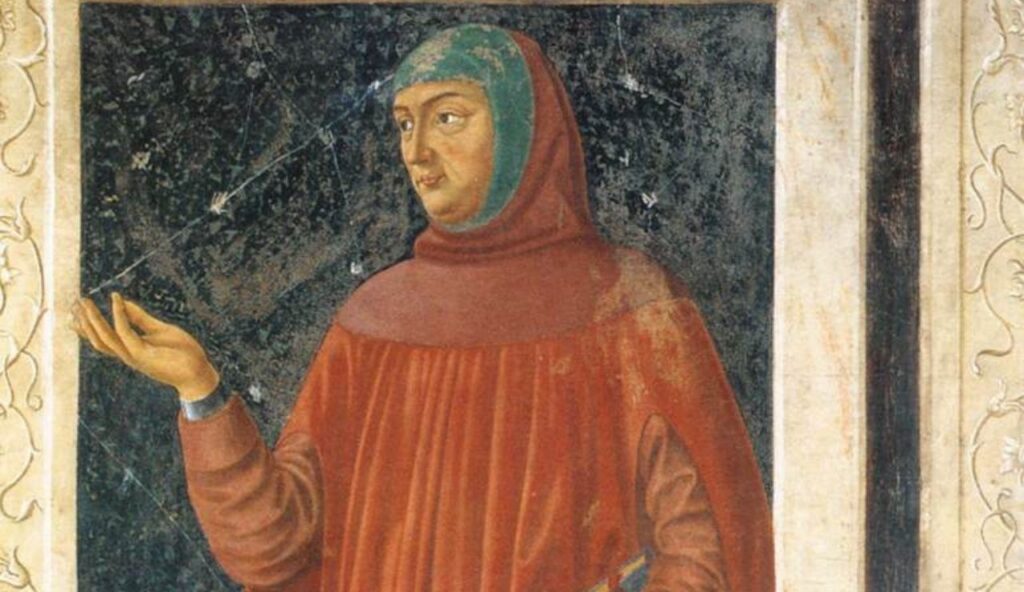
The term “Dark Ages” suggests nothing important happened scientifically, but that’s far from true. Scholars in the Islamic world, Europe, and Asia were making advances in medicine, astronomy, and math. While progress slowed in parts of Europe, it continued elsewhere. The idea of a long, quiet pause in knowledge ignores global developments that shaped the modern world.
15. The Emancipation Proclamation Freed All Slaves
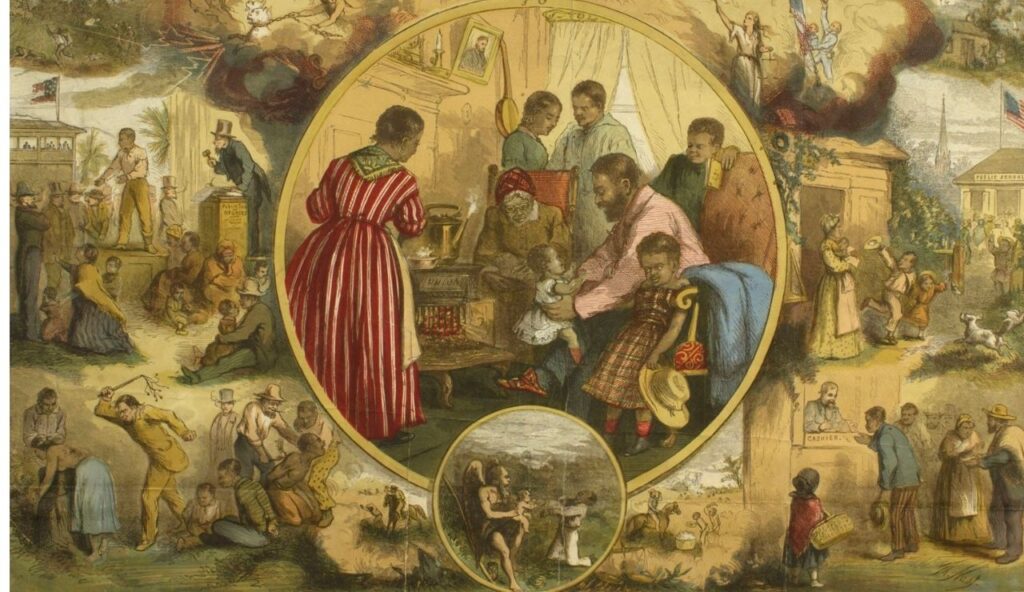
While the Emancipation Proclamation was a major step, it only applied to Confederate states still in rebellion. Slavery remained legal in some Union states until the 13th Amendment was passed. The proclamation was powerful symbolically and politically, but it didn’t instantly end slavery across the country. The full story is more complex than a single document.
16. The Renaissance Happened Overnight
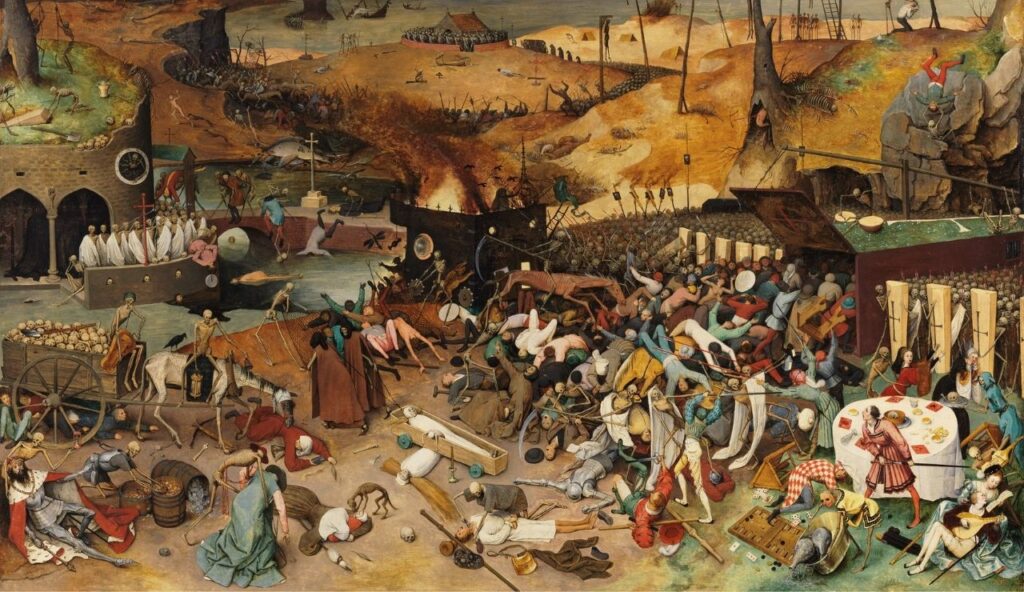
The Renaissance is often portrayed as a sudden burst of art and knowledge after the Middle Ages. In reality, it developed gradually over centuries. Ideas from ancient Greece and Rome had been studied long before the 1400s, and many changes were already in motion. The Renaissance was a powerful cultural shift, but it wasn’t a single moment. It was built on layers of earlier progress.
17. Native Americans Lived Only In Tipis
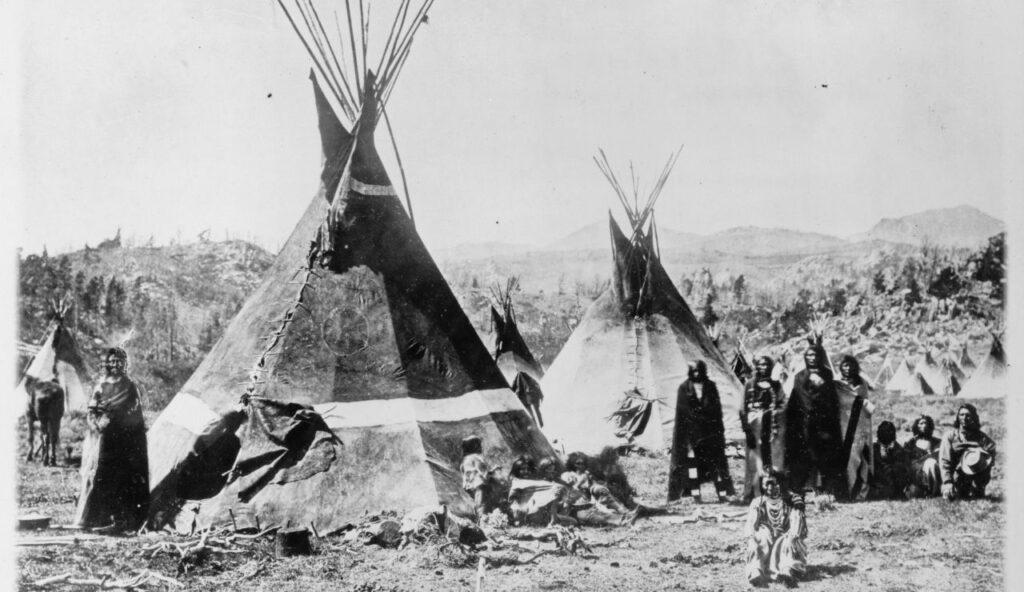
While tipis were used by some Plains tribes, many Native American groups lived in other types of homes. The Iroquois built longhouses, the Pueblo people created stone dwellings, and others lived in earth lodges or bark-covered huts. Tipis were practical for nomadic life, but they were not universal. This myth reduces the wide variety of cultures and environments across the continent.
18. The Great Fire Of London Ended The Plague
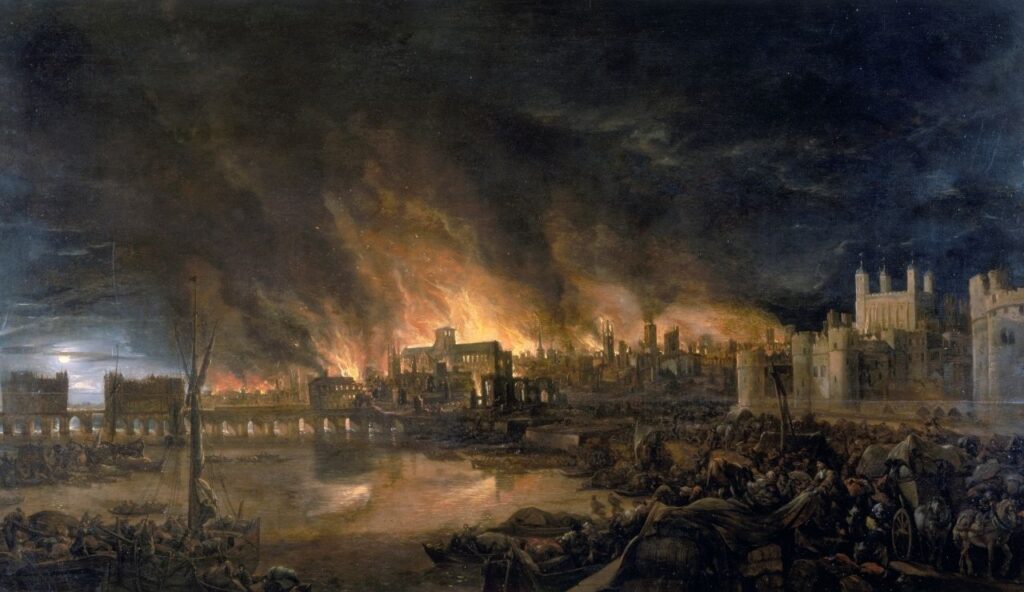
It’s a common belief that the 1666 fire wiped out the rats and fleas spreading the Black Death, ending the outbreak. However, the plague had already declined, and the fire mostly affected central London. Rats and fleas still existed in other areas. While the fire did lead to better rebuilding and sanitation, it wasn’t the magic cure for a disease that had already been fading.
19. Cleopatra Was Egyptian
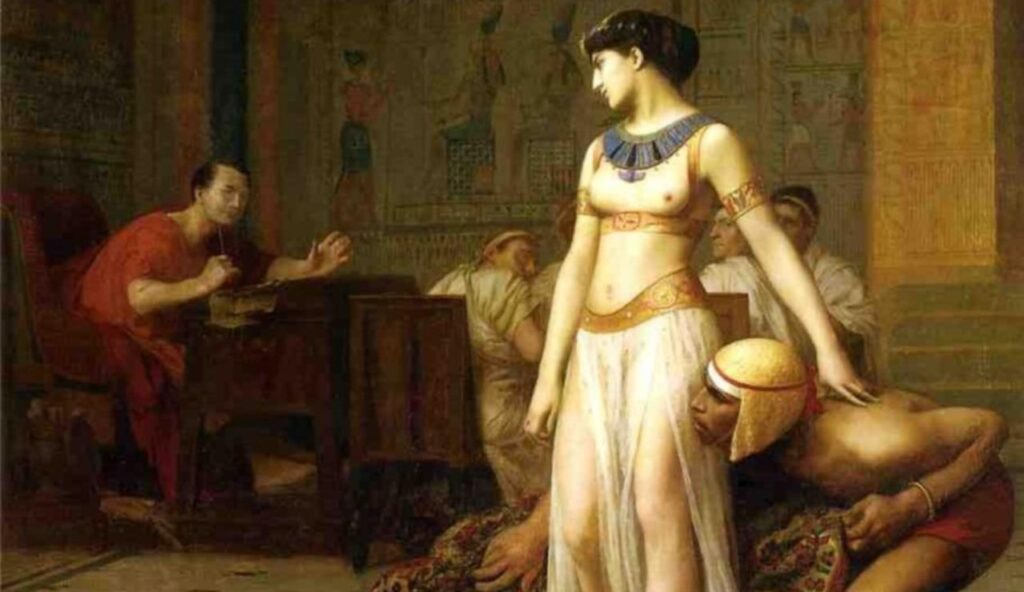
Cleopatra ruled Egypt, but she was actually of Macedonian Greek descent. She belonged to the Ptolemaic dynasty, which was established after Alexander the Great’s conquest. Although she embraced Egyptian customs and language, her ancestry was not native Egyptian. The idea that she was ethnically Egyptian overlooks the complex cultural mix of ancient rulers and their empires.
